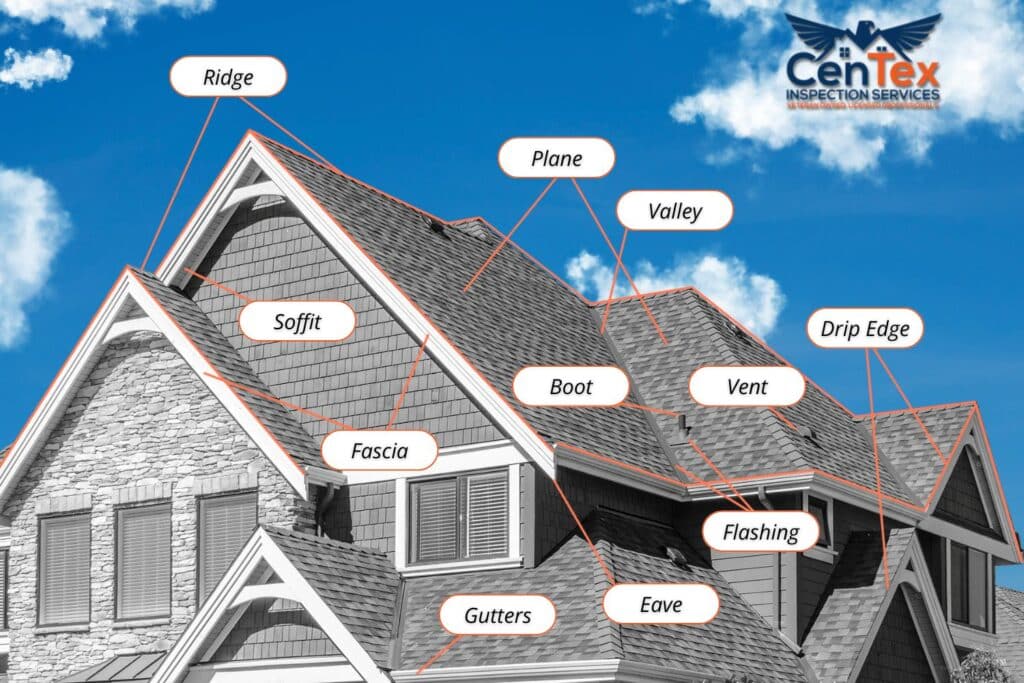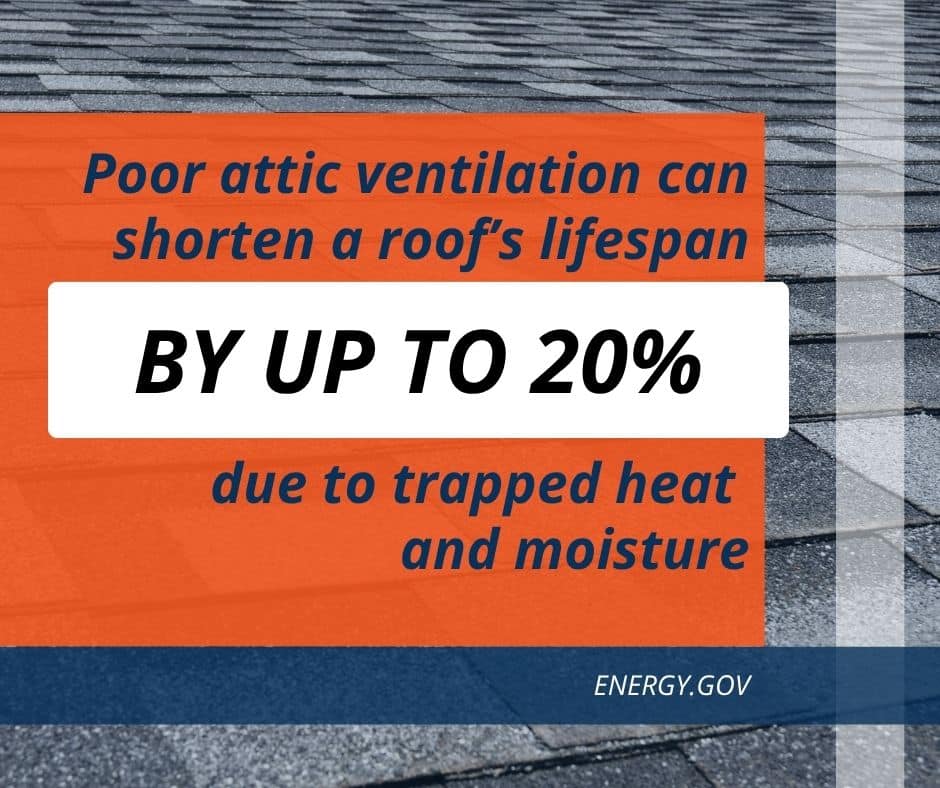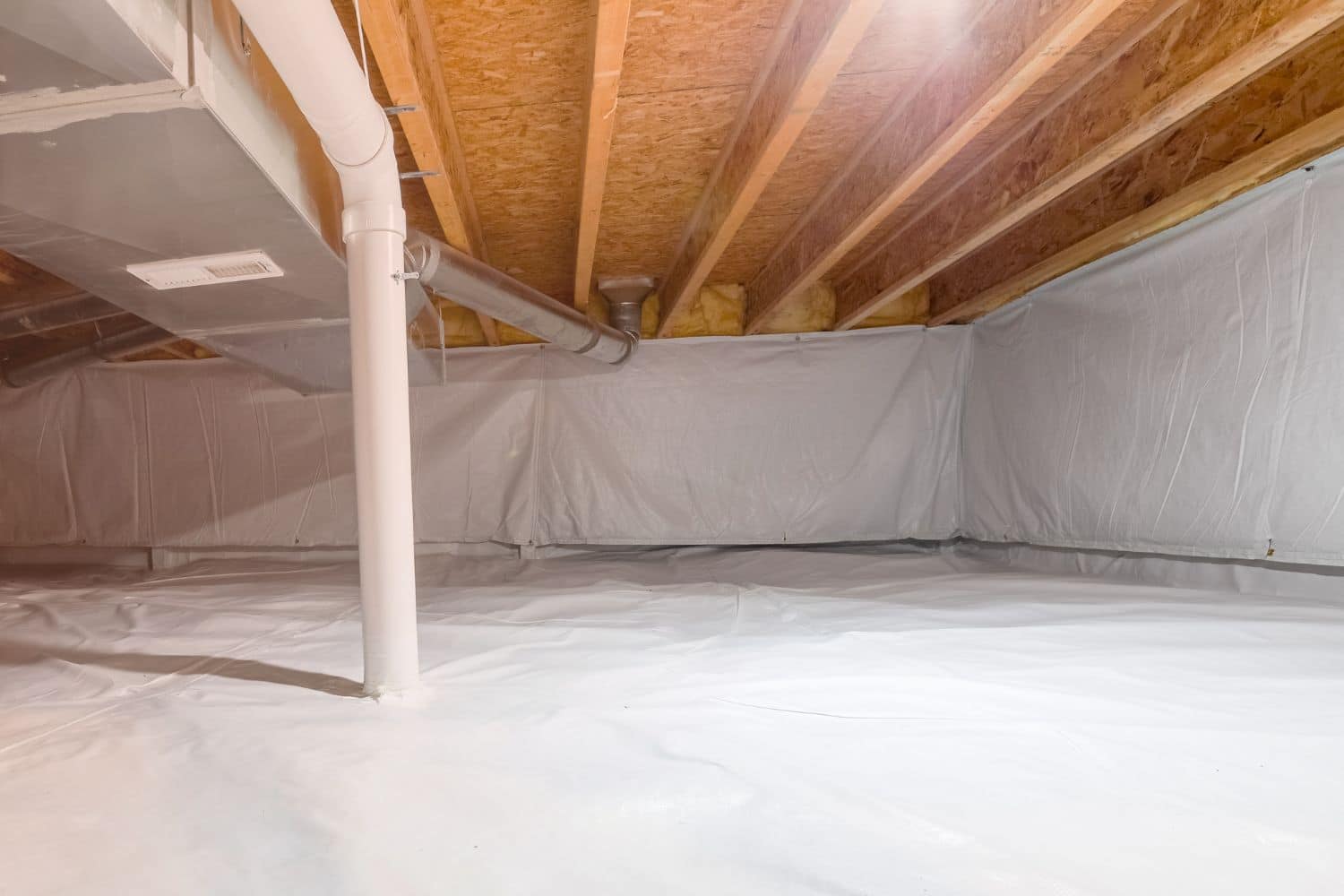The roof over your head does a lot more than most people realize. It protects your home from rain, heat, wind, and falling debris. It also plays a role in ventilation, insulation, and even your energy bills. If you’ve ever looked at a roof diagram and thought, “What am I even looking at?” you’re not alone.
This guide breaks down a typical roof with a simple diagram and explains the major parts of its anatomy in clear, simple terms. Whether you’re preparing for a home inspection or just want to understand how your roof works, this is a great place to start.
Roof Anatomy 101: Key Parts of a Roof
Every part of a roof plays a specific role. Together, they form a system that protects your home from the top down. Here’s our diagram of roof anatomy that you need to know…

Ridge
The ridge is the horizontal line at the very top of your roof. It’s where two sloped sides meet. Many homes in Central Texas have a ridge vent installed along this peak to let hot air escape from the attic. This helps keep the home cooler and reduces the risk of moisture buildup.
Plane
A plane is any large and flat, or sloped surface of the roof. These are the main areas covered with shingles and angled to direct rainwater toward valleys and gutters
Valley
Valleys are the inner channels where two slopes come together, creating a path for water to flow. Because they collect and move water, valleys are vulnerable to water damage. According to the NRCA, they’re among the top three most common sources of roof leaks, which is why proper installation and maintenance are critical.
Drip Edge
The drip edge is a thin metal strip installed along the outer edges of the roof. It helps guide water into the gutters and keeps it from running behind the fascia or soaking into the roof decking.
Vent
Roof vents help release hot, humid air from the attic. Proper ventilation reduces heat buildup, improves energy efficiency, and helps prevent moisture damage or mold. Poor attic ventilation can shorten roof lifespan by up to 20% due to trapped heat and moisture, according to the U.S. Department of Energy.
Boot
A boot is a cover that seals around plumbing vents or pipes that come through the roof. It keeps water from leaking in through those openings and is often made of rubber or metal.
Flashing
Flashing is made of metal strips installed around roof features like chimneys, vents, and skylights. It seals off joints and corners that are more likely to leak. Flashing needs to be properly sealed and maintained to keep water out.
Up to 90% of roof leaks trace back to issues with flashing, making this one of the most important components to inspect and maintain.
Eave
Eaves are the edges of the roof that overhang the walls of your house. These overhangs help keep rain from hitting the siding directly. Eaves usually contain soffits and are an important part of attic ventilation.
Gutters
Gutters run along the edges of your roof to collect and direct rainwater away from your home. They help prevent foundation issues, soil erosion, and water intrusion.
Fascia
This is the board that runs along the roof’s lower edge, right where the gutters attach. Fascia boards protect the edges of your roof and help support the gutter system. If they rot or pull away, water can start to back up or seep into the attic.
Soffit
The soffit is the underside of the eaves. It has small vents that allow fresh air into the attic. Proper airflow helps prevent moisture problems, especially in humid Central Texas climates.

Other Common Questions About Roof Anatomy
Still curious about your roof after looking at a diagram? These are common questions homeowners ask during inspections, and the answers can help you make smarter maintenance decisions:
What’s the difference between a valley and a plane?
A valley is where two sloped roof surfaces meet inward and form a channel that carries rainwater down the roof. A plane is any broad, flat, or angled surface that makes up the roof’s main body.
Valleys need extra sealing because they collect and funnel water. Planes, on the other hand, are where shingles do most of the work, keeping rain out.
Why does flashing matter so much?
Flashing protects the most leak-prone parts of your roof: vents, chimneys, pipes, and valleys. If it’s missing, damaged, or poorly sealed, water can sneak in where two materials meet. During an inspection, we check all flashing areas closely to catch any early warning signs.
Do I need to worry about the boot around plumbing pipes?
Yes. If the boot is cracked, loose, or deteriorating, water can leak into your attic around the pipe. This is a small part that often gets overlooked but can cause major issues over time if it’s not in good shape.
How can I tell if my vent system is working?
A balanced system includes vents near both the ridge and the soffits. This allows fresh air to flow in low and exit high, keeping your attic dry and your roof materials in better condition. If your attic feels hot and stuffy or you notice moisture buildup, your ventilation might be off.
What happens if the drip edge is missing or damaged?
Without a drip edge, water can seep behind the shingles and damage the fascia, soffit, or decking below. It also increases the chance of ice dams and wood rot. This component is a small detail with a big impact on roof durability.
When to Call a Professional
If you’re buying a home, selling one, or it’s been a while since your last inspection, a professional roof assessment is a smart move. Even if everything looks fine from the ground, a trained inspector can spot signs of damage or poor installation that could lead to major problems down the road.
You should also call in a pro if you notice:
- Missing or curling shingles
- Granules in the gutters
- Dark streaks or algae on the roof
- Soft spots on the ceiling inside your home
- Water stains or damp attic insulation
Roof repairs are not a DIY-friendly job. Trying to fix or assess roof damage yourself can be dangerous and ineffective. Let a licensed home inspector or roofing contractor give you a full picture of your roof’s condition before making any big decisions.
Conclusion
This roof diagram isn’t just a technical drawing. It’s a map of how your home is protected. By learning the key parts of your roof and what they do, you can ask better questions, plan for maintenance, and avoid surprise repairs.
If you’re in Central Texas and want a thorough, honest inspection, schedule service with Centex today. Our team knows what to look for and how to explain it in simple terms that make sense.



